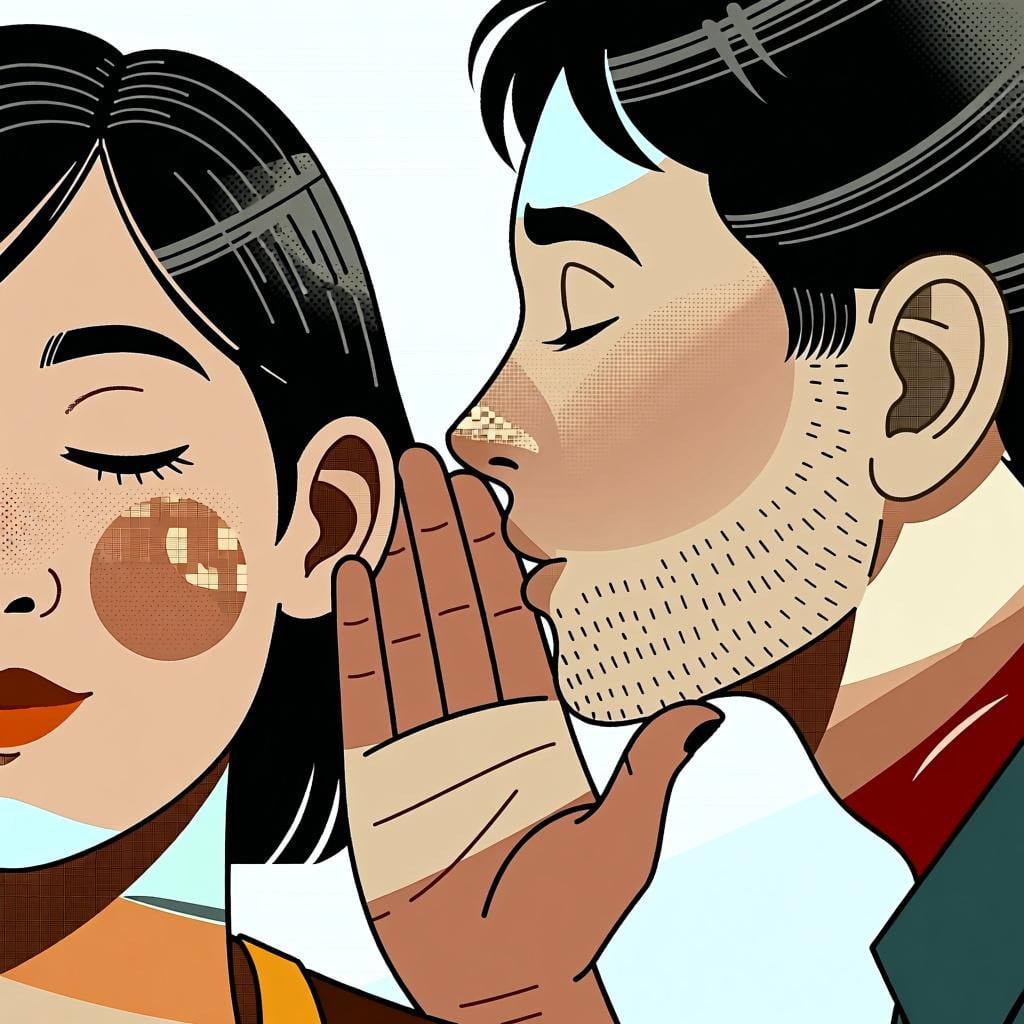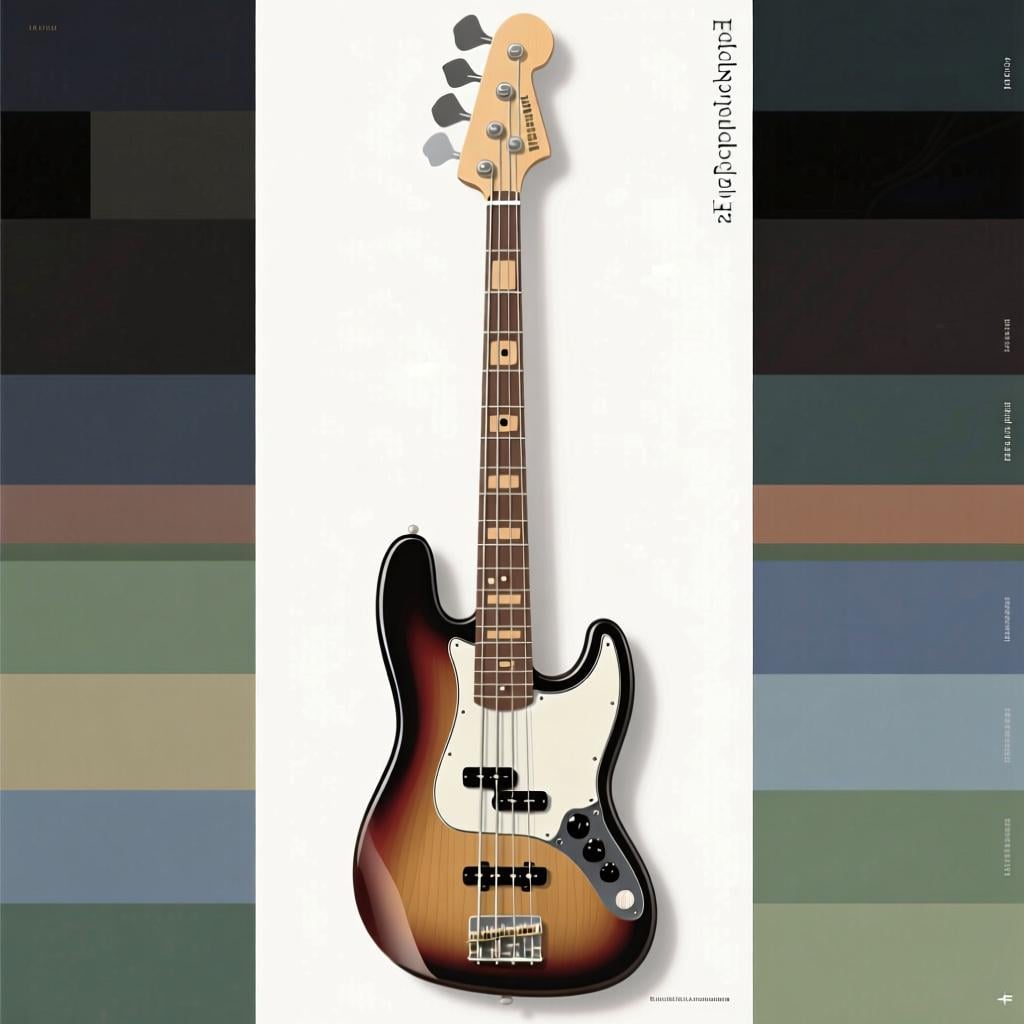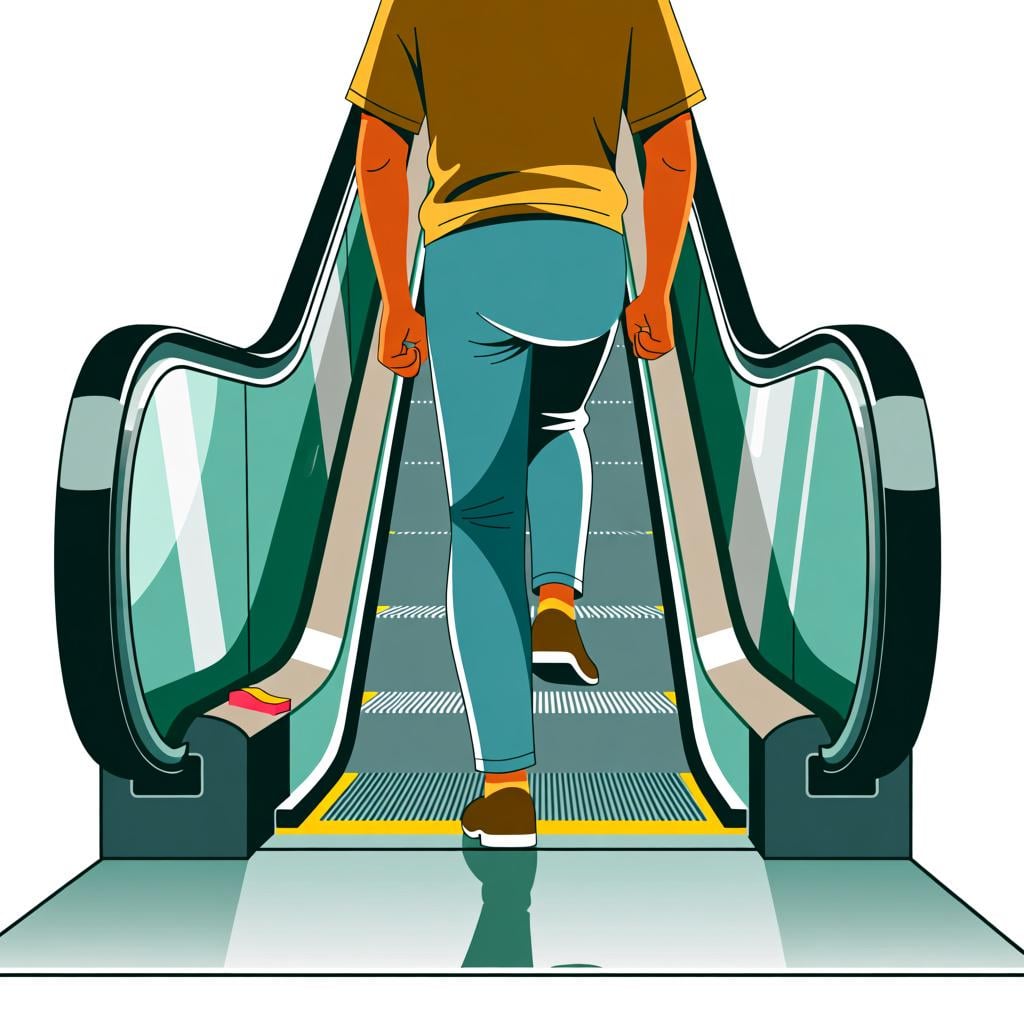bajo
/BA-ho/
short

Bajo (Adjective): Low (position or level). Example: El techo de la casa es muy bajo. (The ceiling of the house is very low.)
bajo(Adjective)
short
?referring to height
,low
?referring to position or level
quiet
?referring to sound or voice
,downcast / low
?referring to mood or spirits
,low-end
?referring to quality or price
📝 In Action
Mi hermano es más bajo que yo.
A1My brother is shorter than me.
El techo de la casa es muy bajo.
A1The ceiling of the house is very low.
Por favor, habla en voz baja, el bebé duerme.
A2Please, speak in a quiet voice, the baby is sleeping.
Tengo el ánimo bajo hoy.
B1I'm in low spirits today.
💡 Grammar Points
Making it Match
As an adjective, 'bajo' changes to match the person or thing it describes. Use 'baja' for feminine things, 'bajos' for plural masculine, and 'bajas' for plural feminine. (e.g., la mesa baja, los techos bajos, las sillas bajas)
❌ Common Pitfalls
Height vs. Length
Mistake: "El lápiz es bajo."
Correction: El lápiz es corto. Use 'bajo' for height (like a person or a building) and 'corto' for length (like a pencil or a story).
⭐ Usage Tips
More than just height
Remember 'bajo' isn't just for height. It's great for describing levels, like 'azúcar bajo' (low sugar) or sound, like 'música baja' (quiet music).

Bajo (Preposition): Under / Below. Example: El gato duerme bajo la cama. (The cat sleeps under the bed.)
bajo(Preposition)
under
?physical position
,below
?level or hierarchy
under
?referring to conditions, e.g., 'under pressure'
📝 In Action
El gato duerme bajo la cama.
A2The cat sleeps under the bed.
La temperatura está bajo cero.
A2The temperature is below zero.
El documento está bajo llave.
B1The document is under lock and key.
Trabajo mejor bajo presión.
B2I work better under pressure.
💡 Grammar Points
Always Stays the Same
When 'bajo' means 'under', it's a preposition. This means it never changes. It's always just 'bajo', no matter what word comes after it.
❌ Common Pitfalls
'Bajo' vs. 'Debajo de'
Mistake: "El libro está bajo de la mesa."
Correction: El libro está bajo la mesa. While 'debajo de' needs the 'de', 'bajo' does not. Think of 'bajo' as a one-word version of 'debajo de'.
⭐ Usage Tips
Abstract Ideas
You can use 'bajo' for more than just physical locations. It's perfect for abstract ideas like being 'bajo la ley' (under the law) or acting 'bajo mi responsabilidad' (under my responsibility).

Bajo (Adverb): Quietly / Softly. Example: Habla más bajo, por favor. (Speak more quietly, please.)
bajo(Adverb)
quietly / softly
?describing how an action is done
low
?describing flying or position
📝 In Action
Habla más bajo, por favor.
A2Speak more quietly, please.
El helicóptero volaba muy bajo.
B1The helicopter was flying very low.
💡 Grammar Points
Describes the Action
When used this way, 'bajo' describes how an action happens. Because it's describing the verb, not a noun, it doesn't change its ending. It's always 'bajo'.
⭐ Usage Tips
Adjective vs. Adverb
Notice the difference: 'Ella tiene una voz baja' (She has a low voice) - here 'baja' describes the noun 'voz'. But in 'Ella habla bajo' (She speaks quietly), 'bajo' describes the action 'habla'.

El bajo (Noun): Bass (musical instrument). Example: Mi amigo toca el bajo en una banda de rock. (My friend plays the bass in a rock band.)
bajo(Noun)
bass
?musical instrument or sound frequency
hem
?of a garment
,lowlands
?geography, usually plural 'bajos'
📝 In Action
Mi amigo toca el bajo en una banda de rock.
B1My friend plays the bass in a rock band.
Súbele al bajo, esta canción suena increíble.
B2Turn up the bass, this song sounds incredible.
Necesito coser el bajo de mis pantalones.
B2I need to sew the hem of my pants.
⭐ Usage Tips
Check the Context
If you see 'el bajo', it's likely a noun. The context will tell you if it's about music, clothing, or even geography!

Bajo (Verb, 1st person present of 'bajar'): I go down / I get off. Example: Yo bajo en la próxima parada. (I get off at the next stop.)
bajo(Verb)
I go down / I get off
?movement downwards
,I lower / I turn down
?causing something to go down
I download
?computers and internet
📝 In Action
Yo bajo en la próxima parada.
A2I get off at the next stop.
Si la música está alta, yo la bajo.
A2If the music is loud, I turn it down.
Bajo las fotos de la cámara a mi computadora.
B1I download the photos from the camera to my computer.
💡 Grammar Points
A Form of 'Bajar'
'Bajo' is the present-tense 'yo' (I) form of the verb 'bajar'. You use it to say 'I go down', 'I lower', or 'I download'.
⭐ Usage Tips
Drop the 'Yo'
In Spanish, you can often leave out 'yo' (I) because the '-o' ending on 'bajo' already tells you who is doing the action. Saying 'Bajo en la esquina' is perfectly natural.
🔄 Conjugations
indicative
present
imperfect
preterite
subjunctive
present
imperfect
✏️ Quick Practice
💡 Quick Quiz: bajo
Question 1 of 3
Which sentence uses 'bajo' to mean 'under'?
📚 More Resources
Frequently Asked Questions
What's the difference between 'bajo' and 'debajo de'?
They both mean 'under' or 'below' and are often interchangeable. The main difference is grammatical: 'debajo' almost always needs 'de' after it ('debajo de la mesa'), while 'bajo' never uses 'de' ('bajo la mesa'). 'Bajo' can also be used for more abstract ideas, like 'bajo control' (under control).
How do I say 'loudly' if 'bajo' means 'quietly'?
The opposite of the adverb 'bajo' (quietly) is 'alto' (loudly). For example, 'No hables tan alto' (Don't speak so loudly). You can also use 'fuerte'.
I saw 'baja' used as a noun. What does that mean?
Yes, 'la baja' is a feminine noun with a few meanings. It can mean a casualty or loss ('el equipo sufrió una baja importante'), being on sick leave ('estar de baja'), or a drop/decrease ('una baja en los precios').